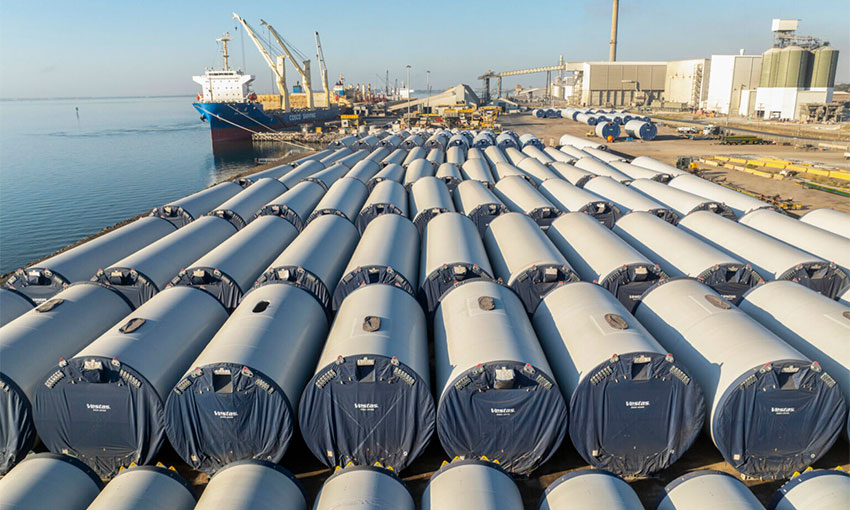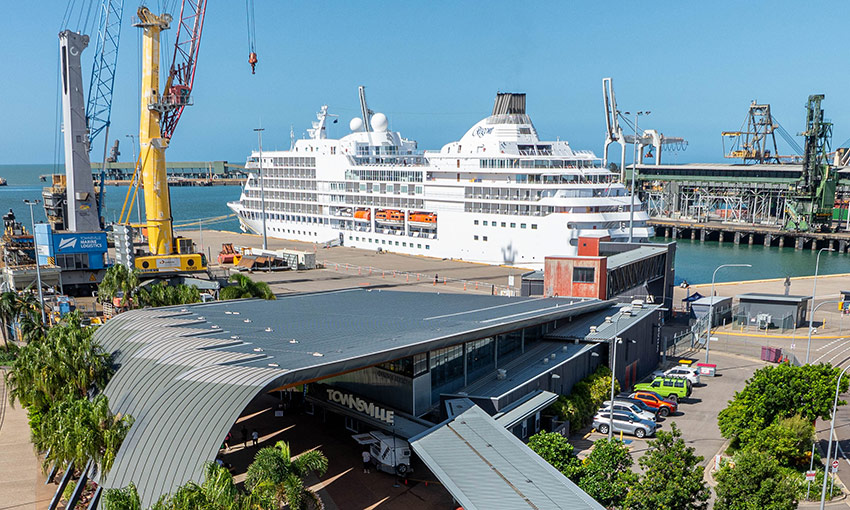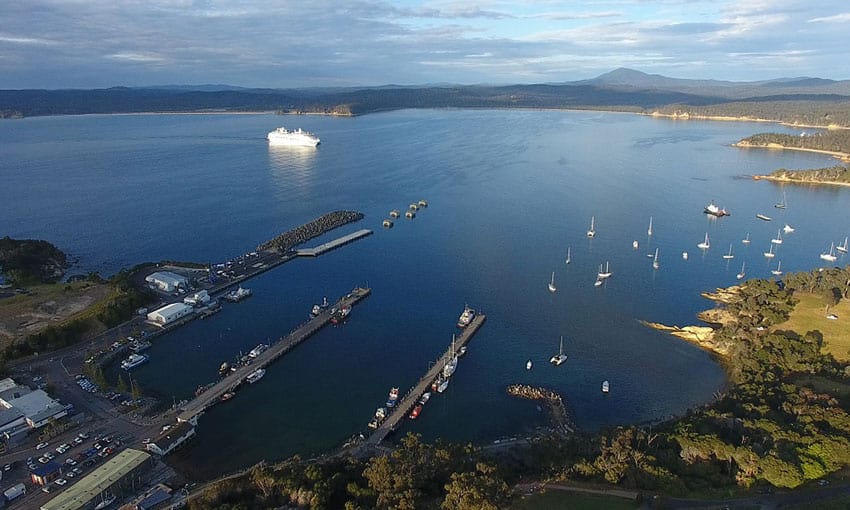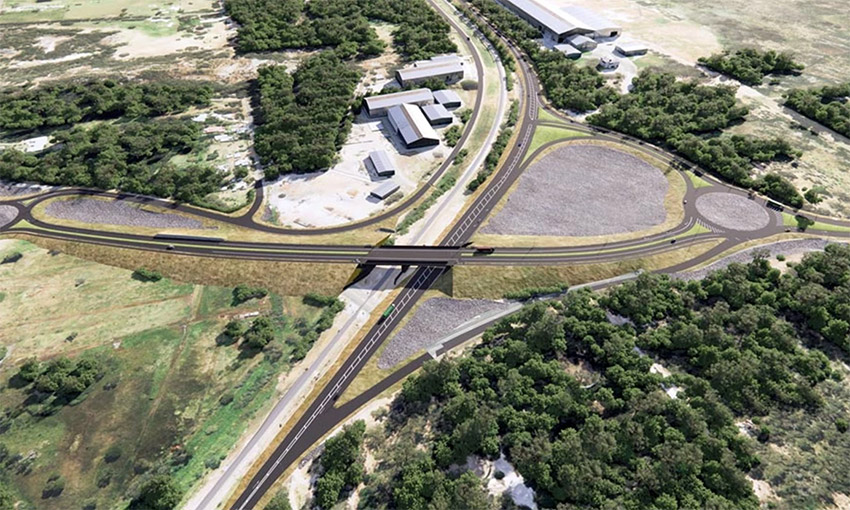A NEW $10-million project to build common user infrastructure at the Port of Bundaberg is a step closer, with the detailed plans complete and tenders now open to local businesses.
A new bulk goods conveyor facility at the port will improve loading facilities for a wide range of goods.
Federal assistant minister for regional development Nola Marino said once complete, the common user infrastructure will provide an opportunity for the Hinkler region and surrounds to increase exports of bulk commodities including minerals, timber products (wood pellets and woodchip) and agricultural produce.
“This $10-million investment from the Australian government under the Hinkler Regional Deal will deliver new capability at the Port of Bundaberg. This will increase economic activity for the Hinkler region and provide opportunities for local producers to compete in world markets,” Ms Marino said.
Queensland minister for transport and main roads Mark Bailey said the project highlighted the importance of protecting public infrastructure and getting it ready for the future.
“The Palaszczuk Government has worked incredibly hard to make sure Queensland’s ports remain publicly owned infrastructure,” Mr Bailey said.
“Gladstone Ports Corporation made a $93 million profit last financial year, money all going back to Queensland taxpayers because it’s a government-owned corporation.”
Mr Bailey said this project is the start of an exciting time for the Port of Bundaberg, as it will expand its export capabilities.
“This project shows just how important it is to keep ports as public infrastructure, because we can make sure it will support local businesses and workers,” he said.
“It’s also in a great position to be at the forefront of Queensland’s renewable energy revolution. The port will soon be expanding to allow the arrival of wind turbines for the Forest Wind project between Maryborough and Gympie which will help create even more long-term sustainable jobs.”
Federal member for Hinkler Keith Pitt said once completed the new conveyor will open up the Port of Bundaberg to a wider range of vessels with improved loading and unloading times.
“The Port of Bundaberg has been underutilised for many years and this new infrastructure will be the boost needed to attract more businesses to the region,” he said.
“The sooner construction gets underway the better, as we need as many opportunities for more local jobs here as possible, and I hope to see as much construction work as possible going to local firms.”
Member for Bundaberg Tom Smith said the call for tenders was a positive step forward for the region.
“Delivering improved infrastructure that will support our export operations is a big boost for Bundaberg and for Queensland as a whole,” Mr Smith said.
“This opportunity brings with it a pipeline of jobs from design, installation and commissioning – boosting our economic recovery from COVID-19.
“I look forward to seeing this project progress, to the benefit of our community and local industries.”
Gladstone Ports Corporation and Sugar Terminals Limited (STL) signed a memorandum of understanding in 2019 to expand on existing cargo handling capabilities and have been working to deliver the new enabling infrastructure.
GPC and STL are providing additional financial contributions to assist in progressing the project.
Port of Bundaberg Manager Jason Pascoe said GPC and STL were now on the hunt for bids from local businesses before tenders close on 21 January 2022.
“It’s a really exciting time at the Port of Bundaberg,” Mr Pascoe said.
“The plans are now complete and we’re looking to engage local businesses to participate in formal tender processes for the supply, fabrication, installation and commissioning of a new common user system at the Port of Bundaberg.”
GPC acting chief executive officer Paul Heagney said the detailed plans signalled a major milestone for the project.
“We’ve been working around-the-clock with STL on this project and to now go to market with a detailed design is a great achievement,” he said.
“The project is in conjunction with our strategic planning work to promote the Port of Bundaberg and surrounding State Development Area and we’re excited to see the project stimulate industry growth for the region.”
STL chief executive officer David Quinn said the project, following final approvals, would generate significant employment opportunities for the region and attract new commodities to the Port.
“The new infrastructure will have the capacity to provide customers with competitive loading rates and pricing. This will allow the region to develop projects with certainty on costs and Port availability,” Mr Quinn said.
“The project has been designed to complement our existing sugar handling operations which will minimise costs for all customers.”





